Raising a child is a beautiful experience with joy and satisfaction, but it also can be very costly. Before you plan a baby in your family, it is a good idea to understand the cost impact on your family’s financial plan. This article compares the cost of raising a child in two developed countries, the U.S. and the Netherlands, the best country to raise a family.
Related Reading:
Table of Contents
Why do we select the two countries?
The U.S., undoubtedly, is the most developed country with the highest GDP and average wage in the world.
The Netherlands is famous for windmills, tulips, and high taxes and welfare. UNICEF (United Nations Children’s Fund) did a study to review the well-being of children (up to 18) in the 41 most prosperous countries in the world every year. The study constantly found that the Netherlands was the best country to raise a family, as children here are satisfied and have a good quality of life for years. In comparison, the U.S. ranked 26 on the same list over 41 countries.
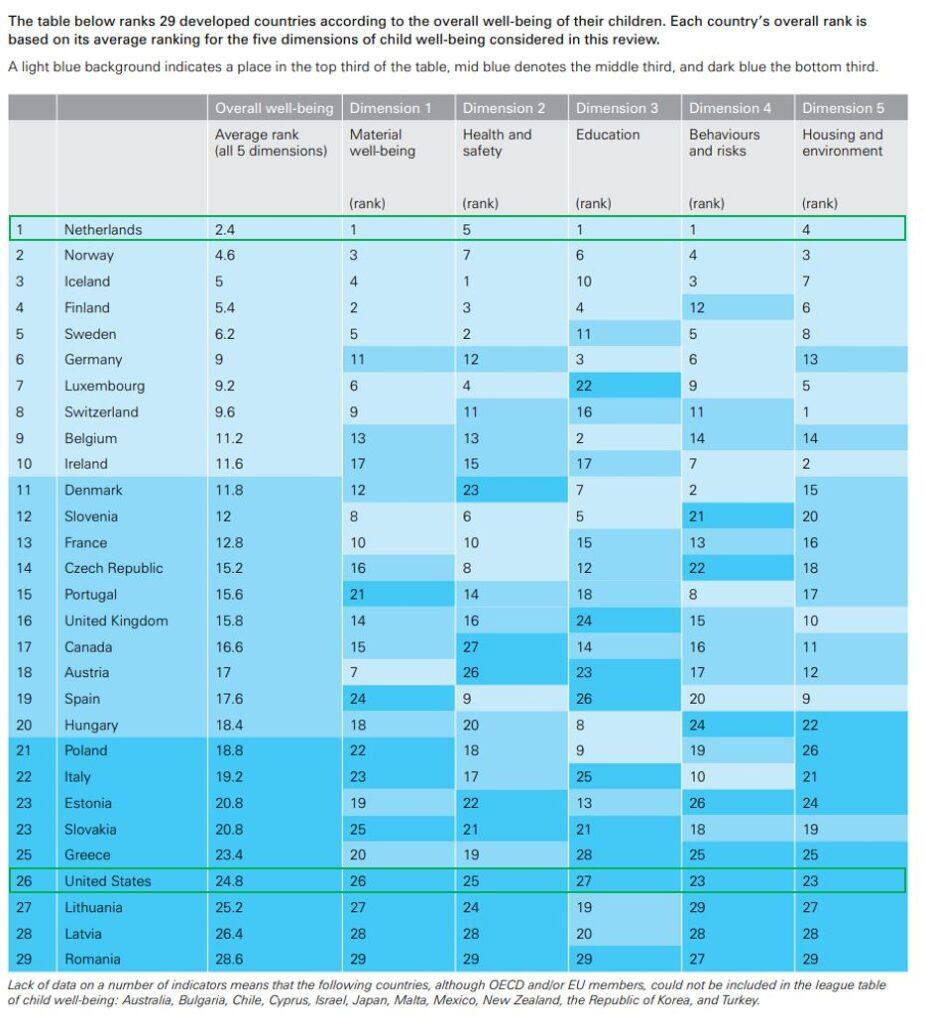
Data source
Our data comes from official government reporting, with inflation calculations correct. In 2017, years before the pandemic and during an extended period of low inflation.
The U.S. Department of Agriculture (USDA) projected that the average cost of raise a child from birth to age 17 would be $284,594. This estimate is based on a 2.2 percent inflation rate and excludes the costs of sending a child to college or supporting them during their transition to adulthood. According to Brookings, an economic think tank, the average middle-income family with two children will spend $310,605 to raise a child born in 2015 up to 17. (Excluding the colleague fee).
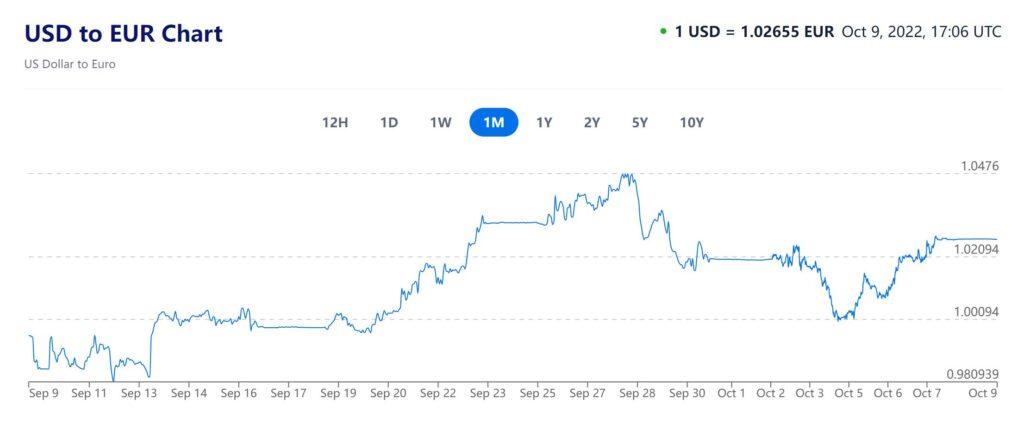
According to the Dutch Statistic Center (het Centraal Bureau Voor de Statistiek -CBS), raising a child to 18 costs an average family about €80,000 in 2015, followed with inflation of Europe, the number increase to €100,000). Since the euro and dollar are so close as of today, we take the 1:1 ratio, 1 euro = 1 dollar.
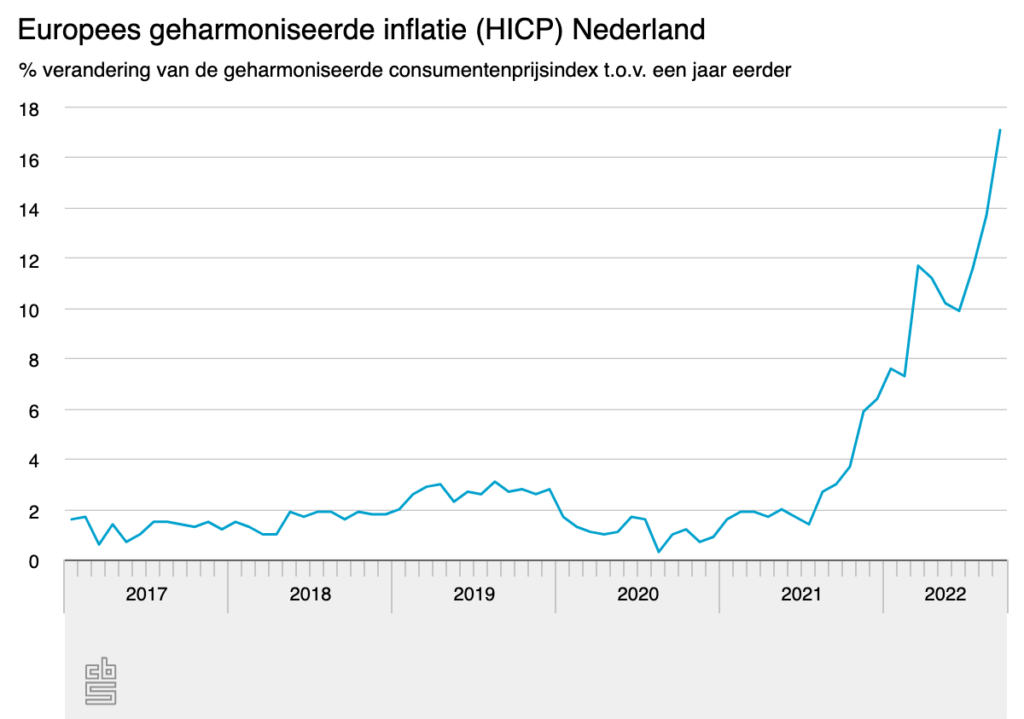
Cost Break Down
| The U.S. (2015) | The U.S. (2022) | The Netherlands (2022) | |
| Total cost of one child (0-17 years) | $233,610 | $310,605 | $80,000 |
| Housing per year per child | $3,750 | $4,986 | $2,000 |
| Food per year per child | $2,328 | $3,095 | $1,200 |
| Child care per year per child | $2,069 | $2,751 | $1,000 (cost average $2000 when child was young 0 to 4 years, after children go to primary school, the cost drop dramatically) |
| Transportation per year per child | $1,940 | $2,579 | $100 (free with public transportation) |
| Health care and insurance per year per child | $1,168 | $1,547 | Attached to parents’ insurance without incremental |
| Miscellaneous per year per child | $905 | $1,204 | $700 |
| Clothing per year per child | $776 | $1,032 | $600 |
| Sum per year per child | $12,931 | $17,193 | $5,610 |
| Median disposable household income | $55,775 | $61,937 | $34,984 |
| Percentage cost to disposable income per year per child | 23% | 28% | 16.0% |
Housing
Housing is arguably the highest cost of raise a child. A child’s housing costs $3,750 per year. According to the USDA report, housing costs account for 29% of raising a child. The cost of housing varies greatly depending on where you live and the type of housing you choose.
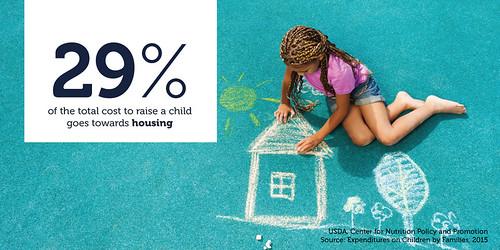
Food
Food is the second-largest expense, accounting for 18% of the cost of raise a child. The food-at-home prices increasing 12.1% and food-away-from-home prices rising 7.7% from June 2021 to July 2022. The USDA anticipates rising costs in 2022, with increases of up to 10% and 7.5%, respectively.

Childcare
Childcare expenses can easily consume a sizable portion of a parent’s annual budget. The cost of childcare varies depending on the type of care required, the number of children in need of care, and the location of your family. The USDA estimates that child care costs a family 16% of the total cost of raising a child.
Transportation
Getting your child to where they need to go incurs additional costs. Many families will need to purchase their first or second car to accommodate the lifestyle changes of having a child. Or, as your child grows older and you find yourself transporting their friends to baseball practice or choir performances, you may need to upgrade to a larger vehicle.
Health Care
Health care accounts for 9% of children’s costs, or approximately $1,168 per year. This includes out-of-pocket expenses for health insurance premiums and the family’s share of medical bills.
Miscellaneous and Clothing Cost
Miscellaneous goods and services account for 7% of spending ($909 per year). This includes spending on personal items such as sports equipment and media players, entertainment such as video games and reading materials, and personal care such as toothbrushes and haircuts.
Other Cost
Besides the above cost, other common things parents may pay for to raise kids include:
- Extracurricular activities
- School fees for field trips, activities, fundraisers, etc.
- Family trips or vacations
Related Reading:
- 3 Criteria to Choose Extracurricular Activities For Young Schoolers
- 10 Best Extracurricular Activities For Young Schoolers
- The Difference between Bribe and Reward your Kids
- The Cost Overview of Learning Music
- 7 Ways of Teaching Money Concept to Children
College Education Cost
The above numbers don’t account for the college education cost. According to the College Board, the average annual cost of a public college for the 2021-2022 academic year comes in at $22,690, and $51,690 for a private college, including tuition, fees, and room and board.
In the Netherlands, if your child studies at a higher professional education institution or university, it will cost an additional €30,000 on average for four years.
Siblings
Related Reading:
- What Should Parents Do? A Story about Kids Lie and Sibling Fight
- 8 Best Positive and Gentle Parenting Books for Toddlers’ Parents
Having multiple children can increase costs, but less than directly multiplying the number of children. Parents may already have a large enough home and vehicle to accommodate multiple children. Sibling discounts may also be available from daycare and school. Furthermore, clothing and toys can be passed down to younger siblings, and purchasing food in bulk can result in a lower per-serving cost.
The Dutch Statistics Netherlands (CBS) has calculated that one child costs an average of 17% of disposable income. Two children cost an average of 26%, three children 33%, and four 40%.
| Number of Income / Number of children | 1 | 2 | 3 | 4 |
| 1 | 25% | 34% | 43% | 49% |
| 2 | 18% | 27% | 33% | 40% |
Every Family is Different
Each child and family is unique. The financial burden of raising a child does not have to prevent you from taking this important step in your life.
The above figures are just averages, to determine the cost of raising a child, you need to consider your specific needs and lifestyle. The cost of living varies greatly depending on where you live, particularly for housing and child care. When researching child costs, keep in mind to look at local prices and rates.
By learning more about money management and parenting expenses, and then put that knowledge to use to make sound financial decisions and set up money management systems for your family. You can manage your money well enough to provide a good life for your child.
Each Age Stage Has Different Cost
Parents do not spend 17% or 26% of their monthly income on their children. The costs incurred also depend on the age of the child. The first few years are expensive due to the purchase of diapers and childcare costs. Primary school children are relatively cheap, and the prices are mainly on clothing, club membership, and birthday gifts. High school students cost shifted to food, clothes, school supplies and school activities. Secondary school students want to go on trips more often, receive pocket money and clothing allowance, and often also have smartphones.
Over the Dutch calculation of € 80,000 in total, the phase up to primary school (0-12 years) costs more than € 50,000. In the years of secondary school (12-18 years), just under € 30,000 is added. The costs already start before the birth with the furnishing of the baby’s room and buying the baby’s equipment. Diapers alone cost about €1500. You also spend that amount on food and drink, clothing, association memberships, holidays, etc.
How to reduce the cost of raising a child
If your estimation cost is over your comfortable zone, we’ve highlighted a list of suggestions that you might want to consider helping you save money.
Related Reading:
- The Difference between Bribe and Reward your Kids
- Top 10 High Paid Jobs for Women Career Consideration [2022]
- 10 Good Money Habits to Teach Kids
- 8 Ways Daily Money Management Activities to Teach Financial Literacy to Kids
- How to Talk About Money to Your Kids
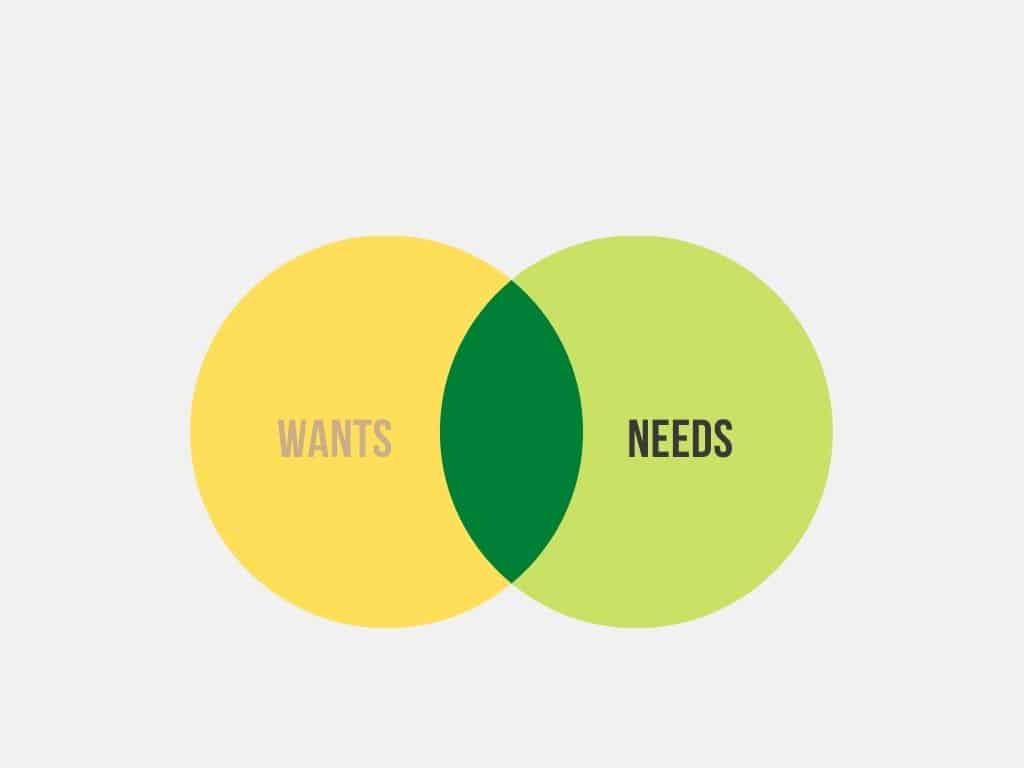
- Develop a solid plan. A little forethought can keep you one step ahead of the game.
- Allocate an account to save money for your child, same as your retirement account. Dip into this fund only when you need it for child-related expenses. You should also consider special accounts such as 529 plans.
- Look for parent-friendly tax credits and deductions, such as the child tax credit, that can reduce your tax liability or help you get your money back.
- Less is more. Restraint can help you save money, especially in the beginning. Consider the necessities for your children rather than the nice to have.
- When you decide to buy, consider the environment and recycling. Exchange information with family and friends about any clothing you no longer need. This will not only help you save money, but it will also help you reduce your carbon footprint.
- Life insurance is essential for families, for unexpected sickness or death that loss the income, to ensure that your life will not crush.
Final Thoughts from Pragmatic Lifestyle
Many people find raising children rewarding and fulfilling, but it is also costly these days. We have compared the cost of raise a child in two developed countries, the U.S. and the Netherlands. The average cost of raise child in the Netherlands is almost 1/3 lower than the U.S. with $100k vs $300k perceptively. However, the income is also make a difference as US has higher disposable income than the Netherlands. Therefore, the impact on family life is not as dramatic as in the Netherlands. The biggest saving for raising child in the Netherlands are the health care, transportation and free schooling system with very few private school.
Nobody wants to think of their children as a cost, but the financial aspect of child-rearing cannot be overlooked. Understanding the numbers can help you decide whether you can afford to have children if you don’t already have them. Being cost-conscious can help you make better financial decisions and stretch every dollar if you already have children.
About Me
Hi, there. I am Lin. Together with my husband and two kids, we live in the beautiful Netherlands in Europe. I am dedicated to self-development, creating quality time for the whole family, and fully supporting kids with their potentials with all I have learned from engineering, MBA, and 10+ years of working experience in the energy sector.

Source
- https://www.cbs.nl/en-gb/visualisations/dashboard-population/life-events/having-children
- https://www.cbs.nl/en-gb/news/2019/52/almost-1-in-6-children-live-in-single-parent-households
- https://www.nibud.nl/onderwerpen/kinderen-en-jongeren/wat-kost-een-kind
- https://www.unicef-irc.org/publications/pdf/rc11_eng.pdf
- https://www.oecdbetterlifeindex.org/countries/netherlands/
- https://ffp.nl/consument/life-events/kinderen/kosten-van-een-kind/
- https://www.cbs.nl/en-gb/news/2013/01/child-care-costs-averages-2-000-euro-for-dutch-parents
- https://luier.nl/artikel/cbs-eerste-kind-kost-10000-euro-per-jaar


2 Comments
Comments are closed.